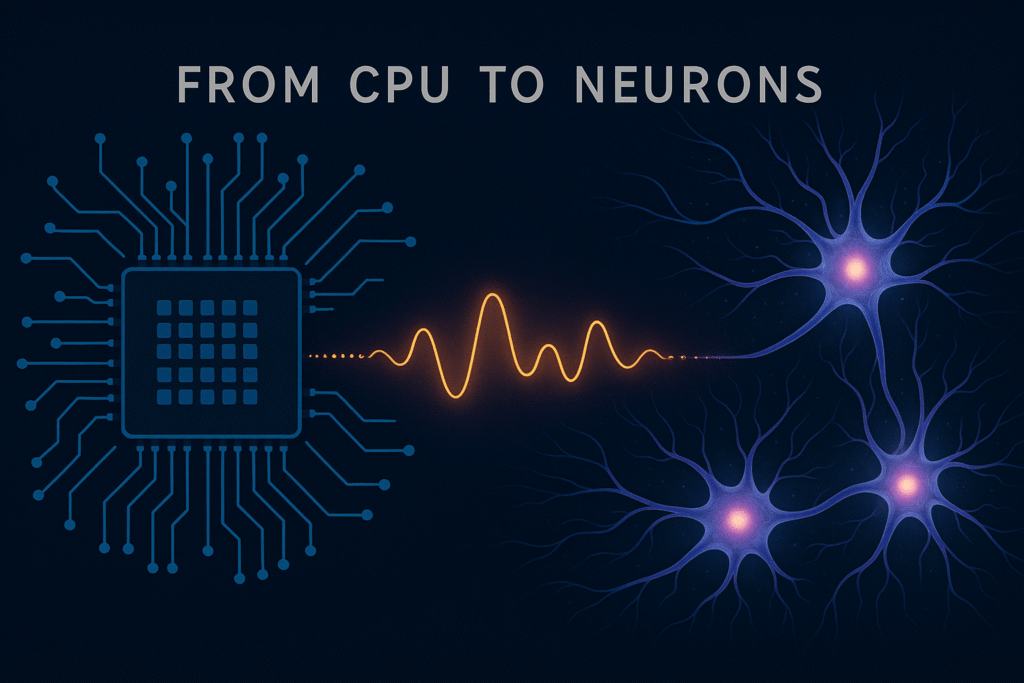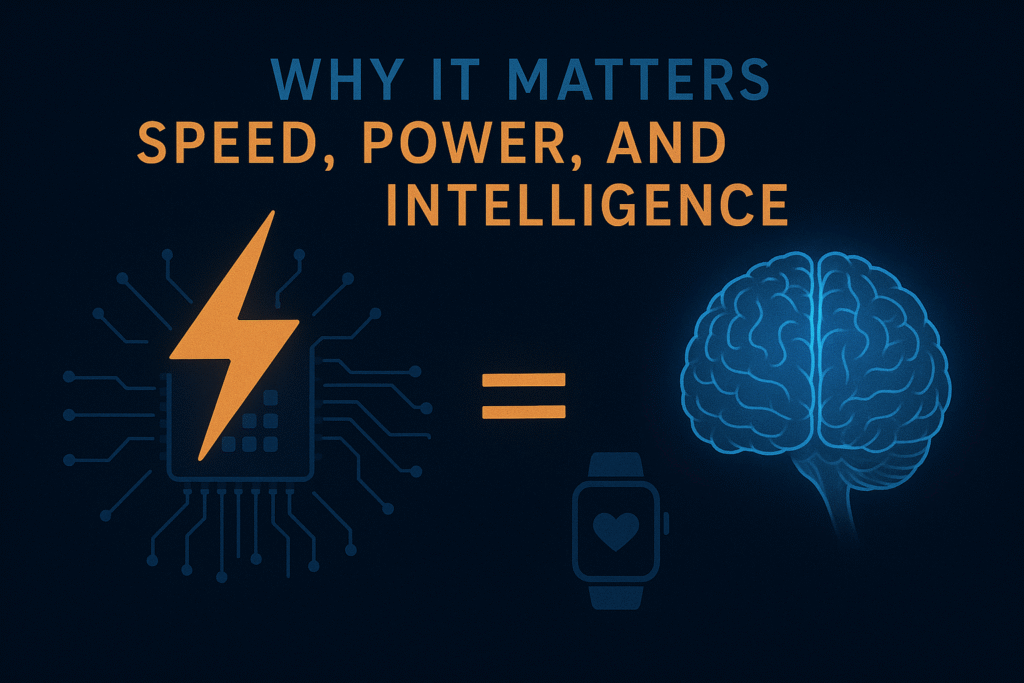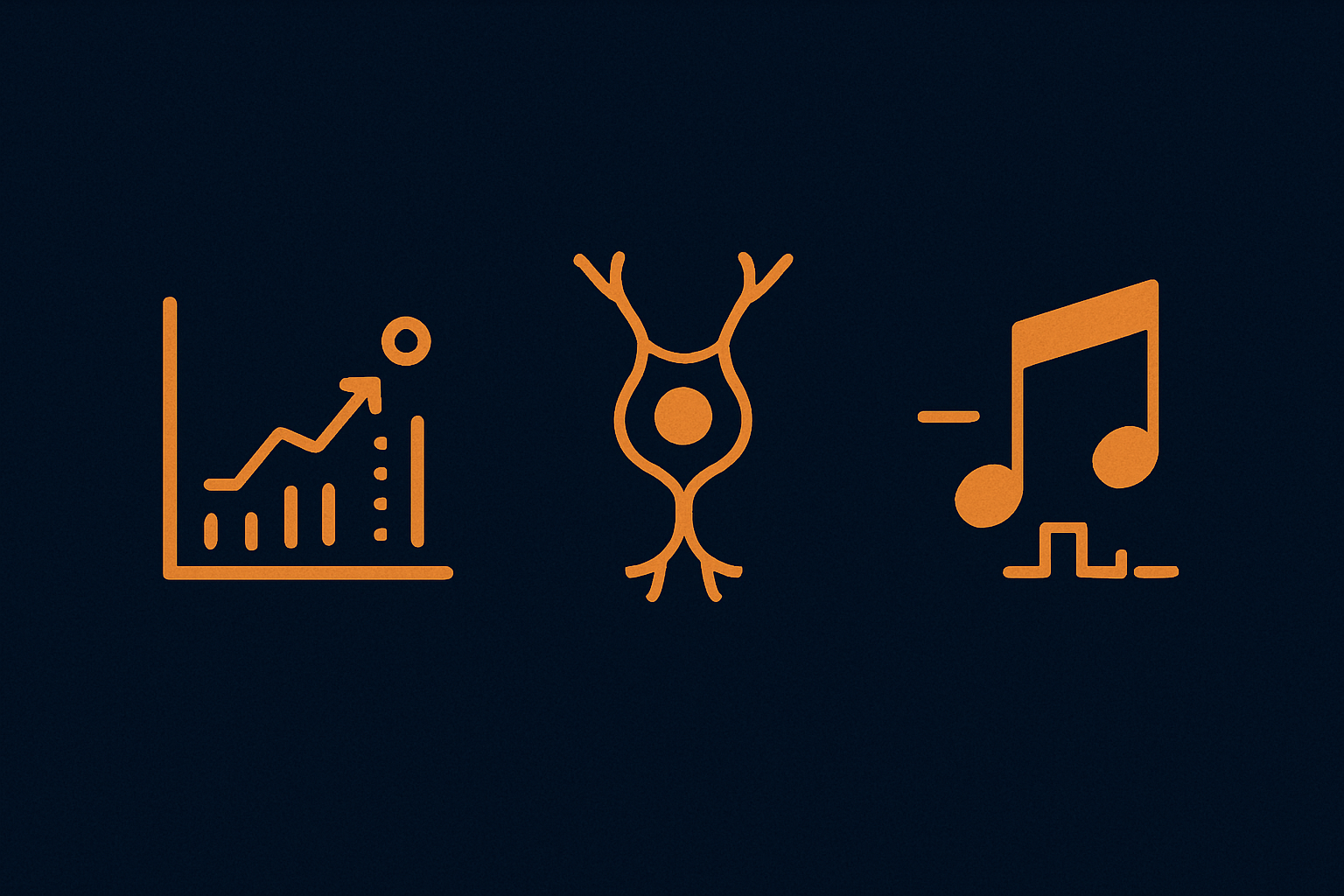When we think of artificial intelligence, we often picture powerful algorithms crunching data in the cloud. But what if the future of AI doesn’t live in server farms or smartphones — but in synthetic brains that mirror our own?
Welcome to the world of neuromorphic computing — a radical rethinking of machines based on how the human brain actually works.
🧩 From CPUs to Neurons

Traditional computers rely on Von Neumann architecture — a rigid system where memory and processing are separate. But our brains don’t work that way. Instead, we use around 86 billion neurons firing in complex, parallel patterns to process information with astonishing speed and energy efficiency.
Neuromorphic systems aim to replicate this. They use spiking neural networks (SNNs) — digital “neurons” that fire electrical signals, just like biological ones. These spikes aren’t just 1s and 0s; they carry timing information, allowing machines to respond more like living organisms.
⚡ Why It Matters: Speed, Power, and Intelligence

Neuromorphic chips can process information using a fraction of the energy required by conventional chips — often 1000x less. This opens the door to always-on, real-time AI for robotics, smart sensors, and wearables — without draining power or needing internet access.
In essence, we’re talking about AI that thinks more like us — fast, adaptive, and context-aware.
🧠 Meet the Synthetic Brain Chips

Some of the most exciting projects in this field include:
- Intel’s Loihi 2: A chip with over one million artificial neurons, designed to learn in real-time and adapt to its environment.
- IBM’s TrueNorth: Modeled after the mammalian brain, this chip mimics 1 million neurons with ultra-low power consumption.
- BrainChip’s Akida: A neuromorphic processor used in edge AI — enabling smart cameras and sensors to “think locally.”
These chips don’t just run code — they evolve their behavior through unsupervised learning, just like an infant learning through interaction.
🔬 The Science Behind the Magic

Neuromorphic systems rely heavily on:
- Event-driven processing: Unlike traditional systems, they only activate when needed, like when a neuron is stimulated.
- Plasticity: Inspired by brain plasticity, synapses in neuromorphic systems can strengthen or weaken over time.
- Temporal coding: The timing of a signal, not just its strength, carries meaning — much like rhythm in music.
🚀 Where We’re Headed: The Path to Embodied AI

Neuromorphic computing isn’t just about smarter software — it’s about smarter machines. Robots, drones, prosthetics, and even autonomous cars could use these chips to perceive and react in real-time, much like a biological brain. Think: an AI that doesn’t just analyze data but experiences its environment.
Some researchers even believe that neuromorphic hardware is a stepping stone toward Artificial General Intelligence (AGI) — machines that can reason, adapt, and learn as broadly as humans do.
👩🔬 What It Means for Youth Innovators
If you’re into neuroscience, robotics, or deep learning, this field is wide open. Universities, startups, and tech giants are pouring resources into neuromorphic research — and they’re looking for young minds with cross-disciplinary curiosity.
Want to build the next synthetic brain? You’ll need a fusion of skills: biology, coding, physics, and a healthy obsession with how we think.
🧠 Final Thought
The brain remains the most powerful computer in existence — but for the first time, we’re starting to catch up. As AI continues to evolve beyond data crunching into something more alive, more intuitive, and more human, the age of synthetic cognition may just be beginning.
